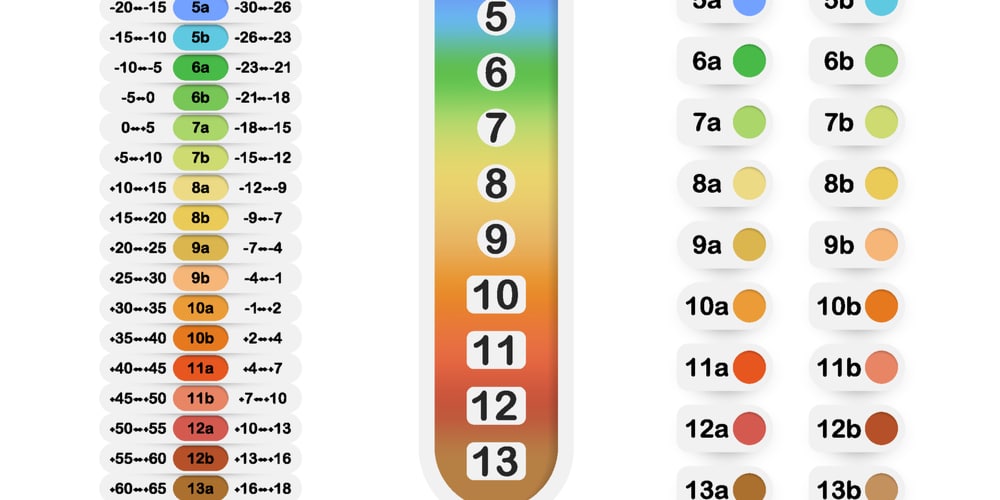Thinking of growing blueberries in your yard or garden in North Carolina? You’ve made the right choice. Blueberries are relatively easy to grow, and the reward you get caring for them is literally sweet!
So, when to plant blueberries in North Carolina? That’s a good question. Roughly speaking, you can start as soon as late winter, which is from February to March, but it’s recommended that you put them out from fall through early spring.
You’ll also want to know which blueberry species are best grown in NC- we’ll list them below.
When Should I Plant Blueberries in North Carolina?
First off, you’re not going to have too much trouble growing a young blueberry sapling into a full-grown bush in NC. You just need to pay careful attention to its needs, particularly sunlight, maintenance and soil acidity.
Time to plant might be different depending on the blueberry you’ve brought home. If you have bare root blueberries, then the best time to plant them would be early spring or late winter, while those that come in containers can be planted during spring or fall.
Finding the perfect spot is just as important when growing blueberries. You’ll want to put them in an area where they get plenty of direct sunlight each day for maximum fruit production, with a soil acidity that’s within 4.5 to 5.0. Also, make sure to space them 5 to 6 feet apart from each other so their growth won’t be stifled.
To get a consistent and bountiful harvest you should get more than one variety of blueberry. It’s worth noting that these plants won’t be able to do self-pollination; they will need to have another bush growing close to activate the flowers-and-fruit cycle. These varieties can grow up to 12 feet tall at max, but they usually fall in the 6-feet range.
North Carolina Hardiness Zone and First and Last Frost Date
The state of NC is classified by the USDA to be in the hardiness zones 6 to 8.
The north western regions get the coolest lows in average, at -15 degrees, and the south eastern areas can get down to 15 degrees F. The climate is relatively temperate and can accommodate a wide variety of perennial flowers, shrubs and trees. North Carolina hosts a subtropical and humid environment, with mild winters and hot summers.
On average, the state will likely experience frost from October 27 until April 9. The surest dates of frost come at a later and short period, from November 10 through March 22. There’s a 10 percent chance that it might appear on the first set of dates.
For those keeping track, the danger of frost will pass once the dates hit April 27 to October 12. That’s approximately 201 days of growing period before you start worrying about protecting your blueberries from the cold.
First and last frost dates may vary each year, and to get the exact information it’s best to check your local weather before you decide to plant blueberries.
The Best Blueberry Species to Grow in North Carolina
Growing blueberries is rather painless if you live in North Carolina. Make sure to choose varieties that are hardy and thrive under less-ideal conditions.
As long as your plants are getting the soil pH and sun they need, then it shouldn’t take long before you’re reaping the fruits of your labor.
If you’re looking for the easiest species to grow then you should definitely look into the Rabbiteye variety. They’re more forgiving and not as susceptible to common blueberry plant diseases as the others.
You can also get the Highbush species but they’re not as tolerant of the winter cold as rabbiteyes. Depending on where in NC you live, you’ll want to get the Sunrise, Blue RIdge, Jersey, Morrow or Duke.
For rabbiteyes you’ll have free rein over a dozen or so types. It’s recommended that you get Centurion, Powderblue, Tifblue, Premier, Climax, Onslow or Columbus. Remember that you have to get more than two types so you can get your plants to produce fruits.
When to plant blueberries in North Carolina: Conclusion
It’s worthy to note that blueberry varieties will have different fruit-bearing timings- some will have fruit as early as June, while others are ‘late bloomers’ and produce ripe blueberries come early August.

